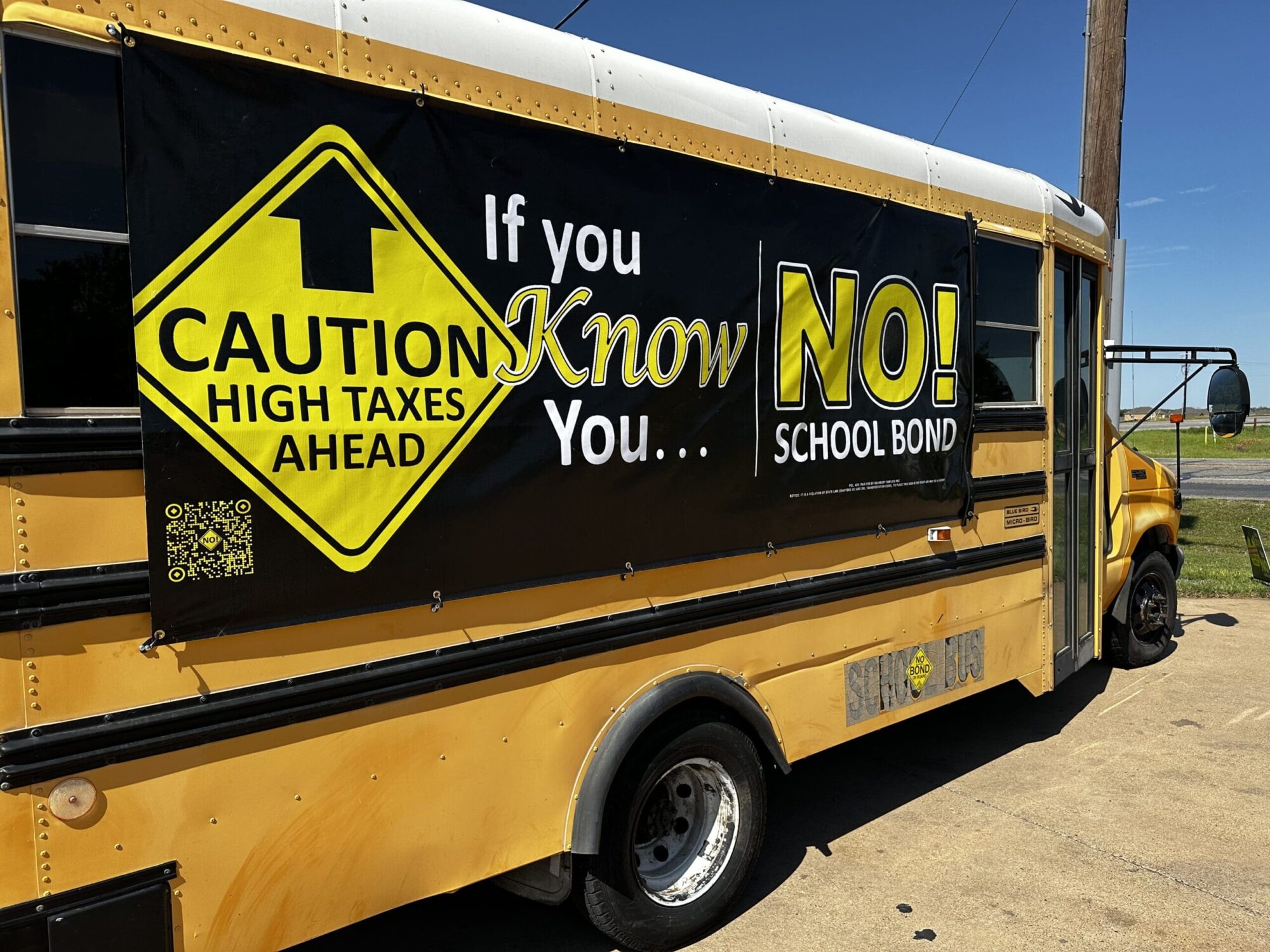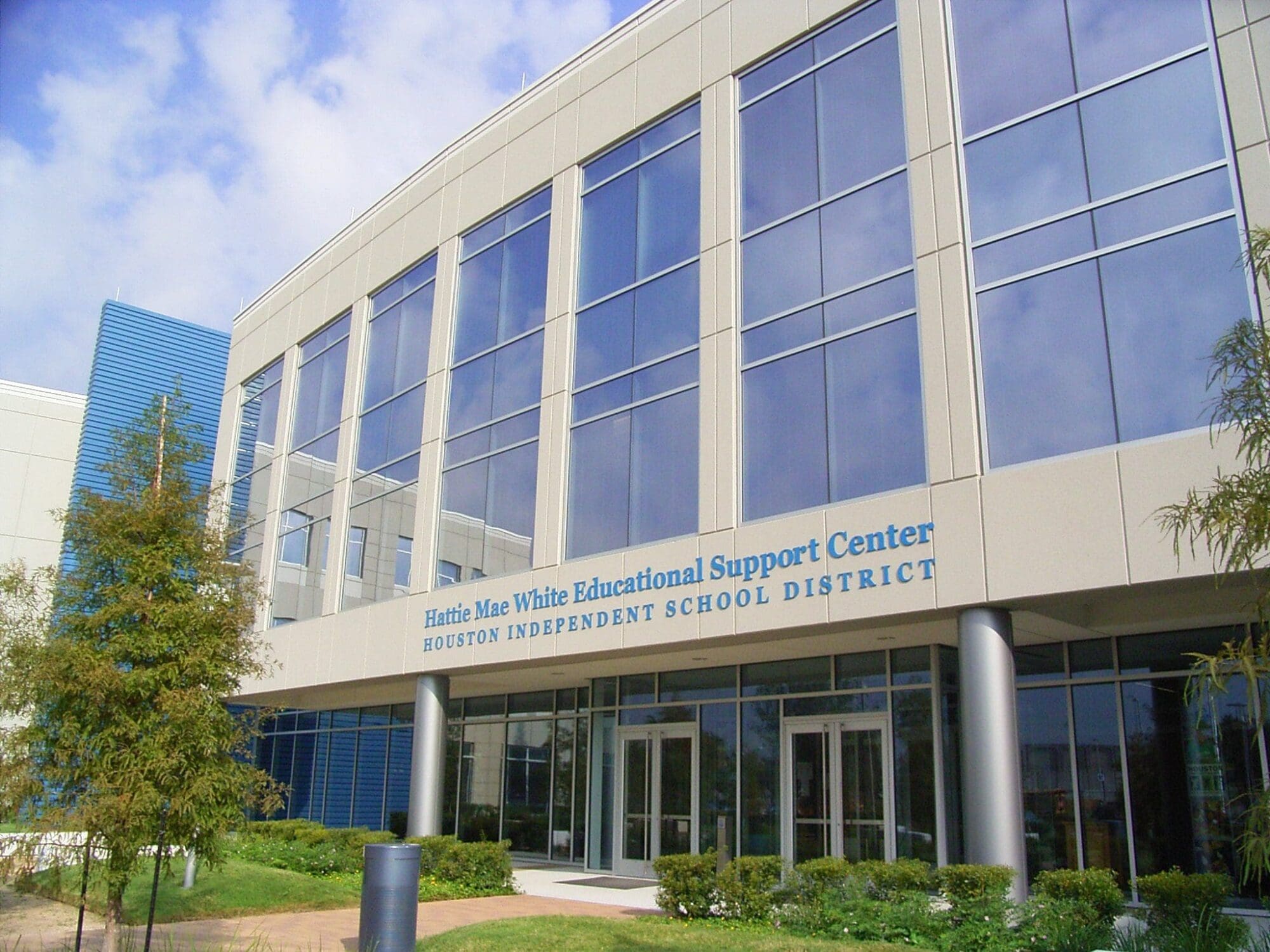Despite constant demands for more taxpayer money, a North Texas school district’s superintendent and chief financial officer claim some districts are having trouble spending all of the funding increases from this year’s legislative session.
Per-student education spending increased dramatically this year with the passage of House Bill 3, an $11.5 billion omnibus school-funding package. Texas schools with a high proportion of economically disadvantaged students already receive more funding per student as a result of recapture, otherwise known as “Robin Hood.” HB 3 added even more funding per economically disadvantaged student at these schools.
However, at a recent Southlake Republican Club meeting, Carroll Independent School District’s Superintendent Dr. David Faltys, and Chief Financial Officer Scott Wrehe, shared that some of these districts are having trouble spending all of the extra funds they’ve received.
“There are some school districts that are more educationally disadvantaged; they received so much money they’re having a difficult time trying to figure out how to spend it,” Wrehe told the audience.
“I was in a meeting with about 20 superintendents and one of the guys from Fort—,” Faltys added, stopping short of saying Fort Worth ISD by name. “I’m sorry, from a district nearby here. One of their staff members made a comment to a senator that was [at] their meeting with us, ‘[You’ve] got to give us some time to spend all this extra money. We’ve got a lot of money we’re not even sure we’re going to get to spend.’”
These school officials’ statements are in stark contrast to the common argument that Texas schools need more taxpayer funding, that only through more money can better-educated students be produced.
If a lack of money is the problem, school administrators should identify which areas need funding the most and default to spending there. And if they allegedly have too much money to spend, then why not give the taxpayers their money back?
Wrehe’s and Falty’s comments came as they were discussing raises for teachers passed by the Texas Legislature and how their district (Carroll ISD) didn’t receive as much new funding from HB 3 as other schools with more economically disadvantaged students, such as Fort Worth ISD.
Texas Scorecard examined data from the Texas Education Agency that shows per student funding comparisons between districts, before passage of HB3. It revealed that, before the state massively increased state funding for education, Carroll ISD was already receiving more money per student than Fort Worth ISD.
In the 2017-2018 school year, FWISD received $8,823 per student in federal, state, and local tax dollars for its operating budget, and $11,079 per student across all funds. In the same fiscal year, CISD received $10,014 per student for their operating budget (roughly $1,100 more), and $14,106 per student across all funds. Both per student figures are significantly higher when compared to FWISD.
Taxpayers curious about how their schools have been affected by HB 3, and whether district officials are having trouble spending the extra funds received, are encouraged to contact their local school board members.





